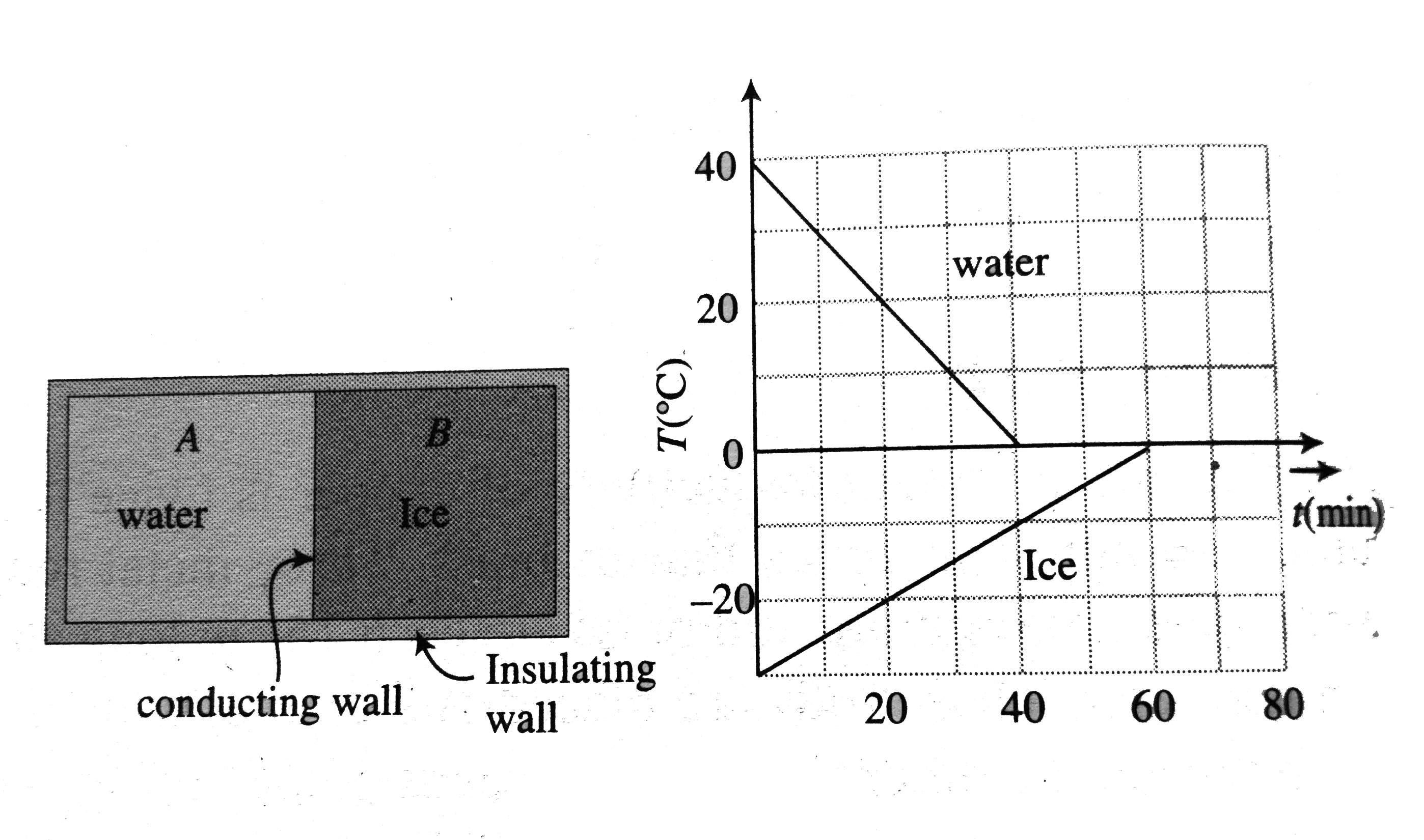Some pure ice is put in brine taken in a perfect insulated container at . The mass of ice
will not change with time
will increase with time
will increase with time
will first increase than decrease with time
The correct Answer is:C
Pure ice melts at while a saturated solution of in water freezes at . As such equilibrium cannot be attained at .
Topper's Solved these Questions
- BOOK - DINESH PUBLICATIONCHAPTER - SOLUTIONS EXERCISE - REASON ASSERTION TYPE21videos
SOLUTIONS
- BOOK - DINESH PUBLICATIONCHAPTER - SOLID STATEEXERCISE - Brain storming10videos
SOLID STATE
- BOOK - DINESH PUBLICATIONCHAPTER - SOME BASIC CONCEPTS OF CHEMISTRYEXERCISE - ULTIMATE PREPARATORY PACKAGE20videos
SOME BASIC CONCEPTS OF CHEMISTRY
Similar Questions
(a) Two 40g ice cubes are droped into 200g of water in a thermally insulated container. If the water is initially at 25∘C, and the ice comes directly from a freezer at −15∘C, what is the final temperature at thermal equilibrium? (b) What is the final temperature if only one ice cube is used ?
View SolutionConsider the following arrangement of resistors .

This arrangement is immersed in a box containting ice at 0∘)C . How much ice must be put in the box constant? (Latent heat of ice L=80cal/g) .View Solution
Knowledge Check
- Question 1 - Select One
Water at 10∘C is present in a thermally insulated container. Calculate the ratio of mass of ice formed and initial mass of water, if a small crystal of ice is thrown into it.
A115B117C215D18 - Question 2 - Select One
A piece of ice at 0∘C is put into a vessel containing water at 0∘C. The ice will
AmeltBnot meltCslightly meltDvanish in no time - Question 3 - Select One

A 0.60 kg sample of water and a sample of ice are placed in two compartmetnts A and B separated by a conducting wall, in a thermally insulated container. The rate of heat transfer from the water to the ice through the conducting wall is constant P, until thermal equilibrium is reached. The temperature T of the liquid water and the ice are given in graph as functions of time t. Temperature of the compartments remain homogeneous during whole heat transfer process. Given specific heat of ice =2100J/kg−K, specific heat of water =4200J/kg−K, and latent heat of fusion of ice =3.3×105J/kg.
Initial mass of the ice in the container equal toA0.36 kgB1.2 kgC2.4 kgD3.6 kg
Assertion : When ice and water are kept in a perfectly insulated thermos flask at 273 K and the atmospheric pressure, there is no change in mass of ice and water.
Reason : The system is in static equilibrium.View SolutionA piece of ice at 0∘C is added to a vessel containing water at 0∘C, then
View SolutionSome common salt is added to ice taken in a flask kept at 0∘C. With time
View SolutionThe container A is constantly maintained at 100∘C and insulated container B in the contains ice at 0∘C Different rods are used to connect them For a rod made of copper, it takes 30 mintes for the ice to melt and for a rod of steel of same cross-section taken in different experiment it takes 60 minutes for ice to melt. When these rods are simultaneously connected in parallel, the ice melts is
 .View Solution
.View Solution80g of water at 30∘C is poured on a large block of ice at 0∘C. The mass of ice that melts is
View Solution

